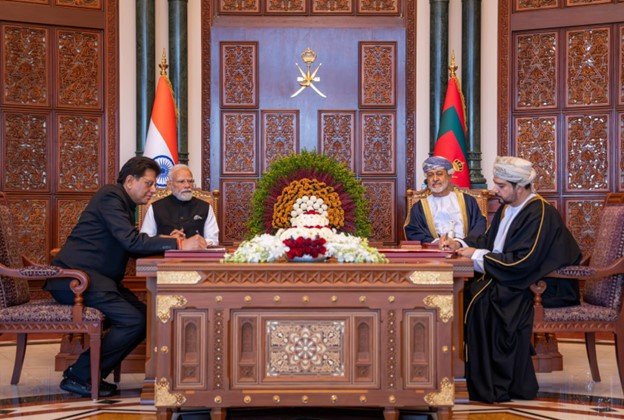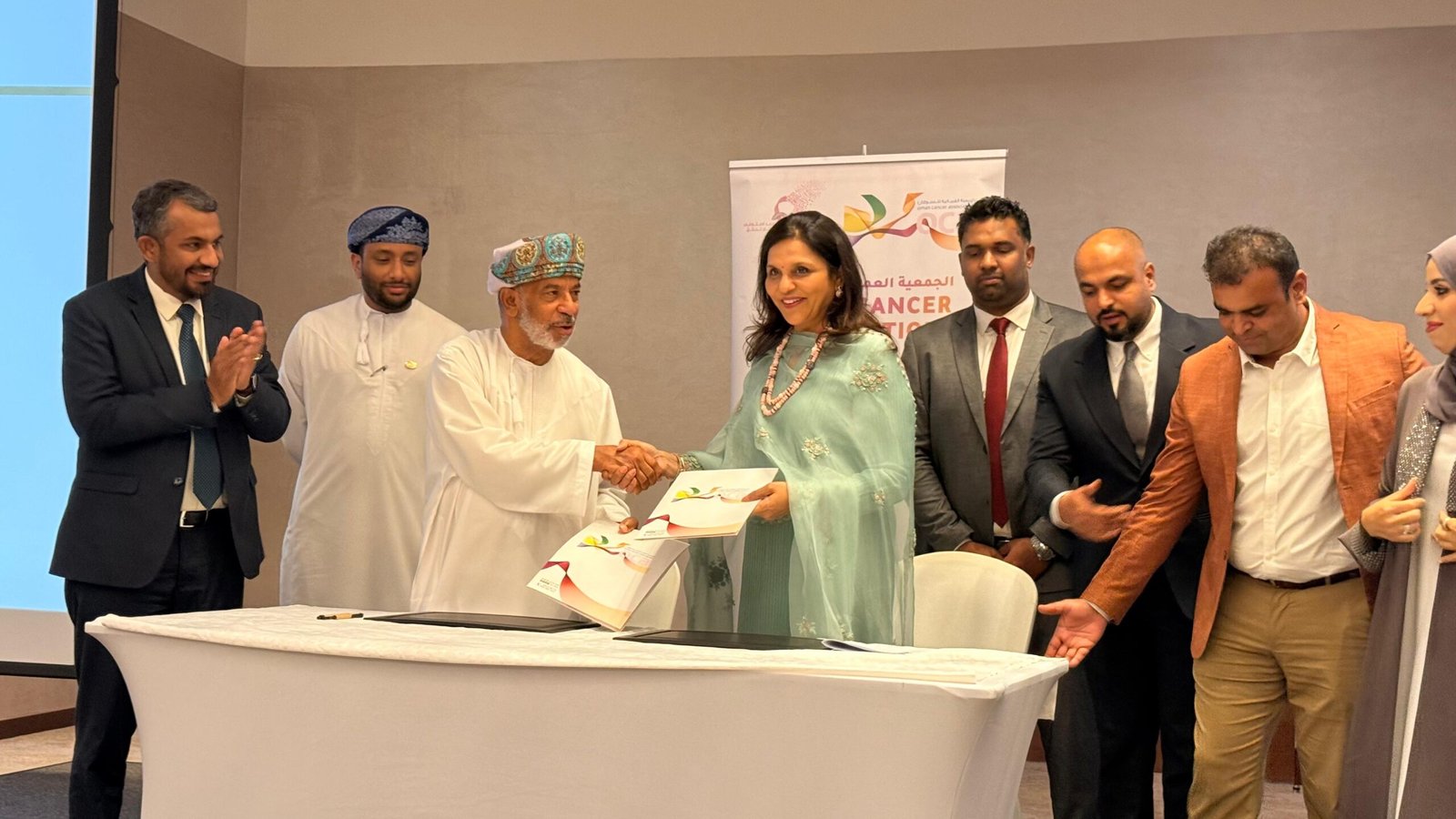The miniature satellite will measure harmful radiation generated from thunderstorms flashes
Light-1, a nanosatellite, to study charged particles of thunderstorms that release harmful levels of radiation, has been released into orbit, a report in The National, says.
A joint UAE-Bahraini project, it was sent to the International Space Station in December, but was released into its target orbit by a Japanese spacecraft on Thursday, February 3.
With the opening of an airlock on the station, Japan’s Kibo instrument, which held the nanosat, was able to attach itself to a robotic arm outside the floating laboratory.
It was then moved farther out into space and safely released in space the nanosat.
The satellite will now begin to study the charged particles, known as terrestrial gamma ray flashes (TGF).
Students at New York University Abu Dhabi and Khalifa University built the nanosat. The team included nine Bahrainis and 14 Emiratis.
Commander of Bahrain’s Royal Guard and secretary general of the Supreme Defence Council, Sheikh Nasser bin Hamad, sent messages of congratulations to the UAE and Bahrain on the successful insertion of the satellite into its orbit.
“Light-1 marks a milestone in our history as a successful step forward in our kingdom’s space efforts, one that will pave the way for Bahrain’s space ambitions” Sheikh Nasser said.
“I believe we have now proven we possess all the resources and talent necessary to expand upcoming space missions. We look forward to the future with a keen eye”, he added
The main focus of Light-1 will be to measure TGFs and their potency, as well as determine how they are generated and how long they last. TGFs were accidentally discovered by space scientists at Nasa in 1992 and only a few milliseconds before disappearing into the atmosphere.
From previous studies it is known that these flashes are extremely powerful and can endanger aircraft passengers, exposing them to the equivalent of 400 chest X-rays in just one flash. They also interfere with aircraft electronics and could put passengers and crew at risk.
According to reports, not many missions have been launched to study TGFs, so there isn’t much data available on the subject.
The European Space Agency’s Atmosphere-Space Interactions Monitor mission has been studying the phenomenon since 2018.
Francesco Arneodo, a physics professor at New York University Abu Dhabi Centre for Astro, Particle and Planetary Physics, hopes to combine Light-1 data with other missions studying the bursts.
He said it would help to create an improved model of how these gamma-ray bursts are generated.
“In the past 20 years, there have been satellite missions that were designed to study bursts of gamma rays that are generated in galaxies, but there have been only a few missions that study bursts coming from Earth,” he said.
“The exact mechanism of generation is not very well understood. There are a few models that explain it, but none that pinpoint the exact cause.”
Sarah Al Amiri, UAE Minister of State for Advanced Sciences and chairwoman of the UAE Space Agency, said the satellite was a milestone for Emirati-Bahraini ties.
“It reflects our efforts to exchange knowledge and expertise to stimulate cutting-edge research, scientific discoveries and human progress,” she said.
“I would also like to thank Khalifa University and NYU Abu Dhabi for providing their world-class facilities to train the team who worked on this landmark scientific endeavour.
************************************************************************
Readers











